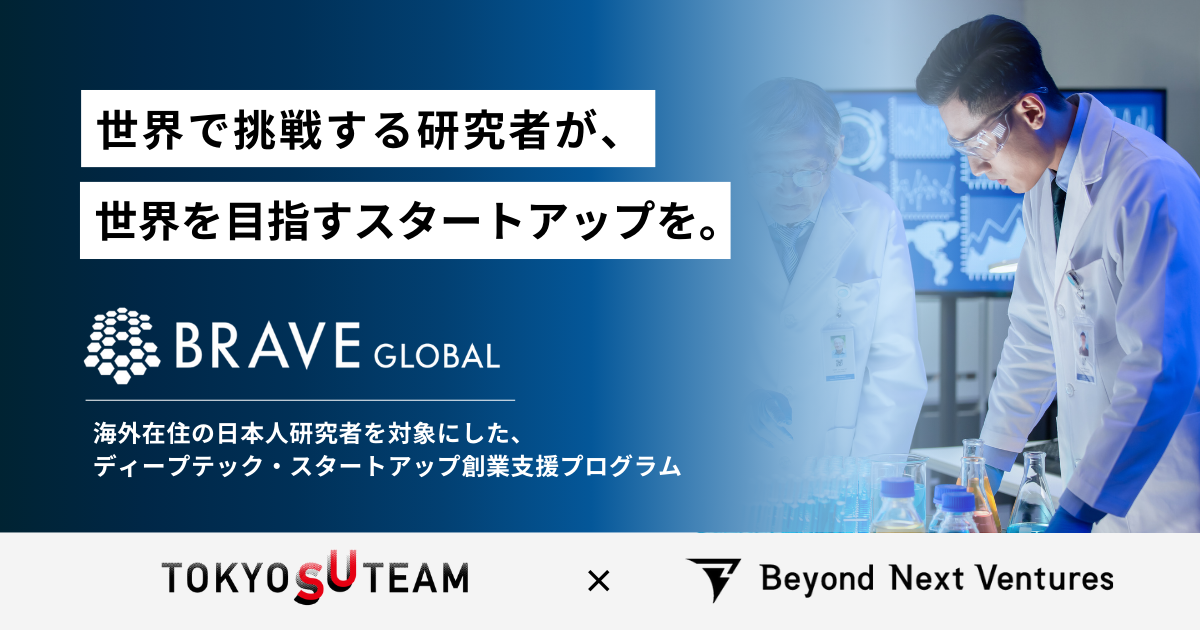CureApp is an up-and-coming startup that created a new industry of “therapeutic apps” in Japan, and consistently ranks among the NEXT Unicorns in a proprietary company valuation survey by the Nikkei newspaper. CureApp was the first investment from Beyond Next Ventures’ inaugural fund in 2015, making it a memorable portfolio company for us.
CureApp develops and sells the so-called therapeutic apps, which became the first in Japan to be covered by insurance after gaining approval by the Ministry of Health, Labour and Welfare. Its founder Kohta Satake is a fellow entrepreneur who started the company in the same year as us.
In this article, based on an interview, we will know why Dr. Satake—who had no business experience before starting CureApp—founded CureApp, as well as the behind-the-scenes story of how the business grew into a company that now develops and distributes therapeutic apps used by thousands of medical institutions.
Profile:
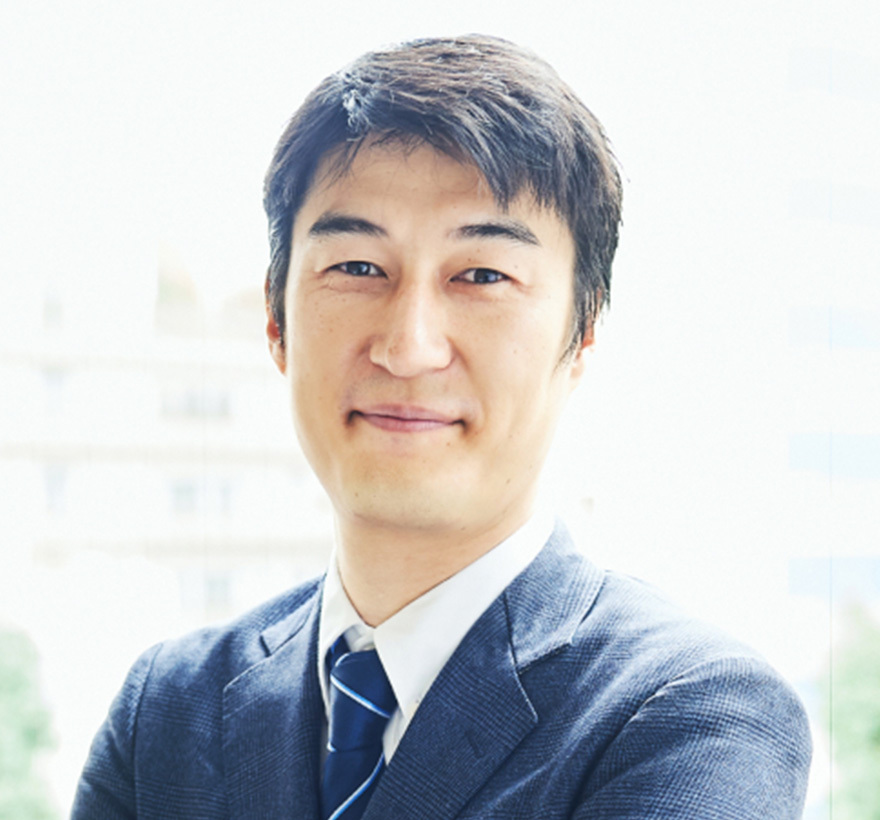
Dr. Kohta Satake:
President/CEO & Representative Director, CureApp, Inc.
Having graduated from the Keio University School of Medicine, he engaged in clinical work at the Japanese Red Cross Society Medical Center, and was involved in the medical treatment of many patients as a respiratory physician. In 2012, he went off to study abroad at overseas graduate schools gaining global experience in China and the United States. After graduating from a US graduate school with a Major in public health, he has been engaged in medical informatics research. After returning home to Japan, he founded CureApp Inc. in 2014. Even now, he continues his clinical practice once a week and remains in the medical scene.
He completed his Masters of Business Administration from the China Europe International Business School as well as a Masters of Public Health from the John Hopkins University School of Public Health in the United States.
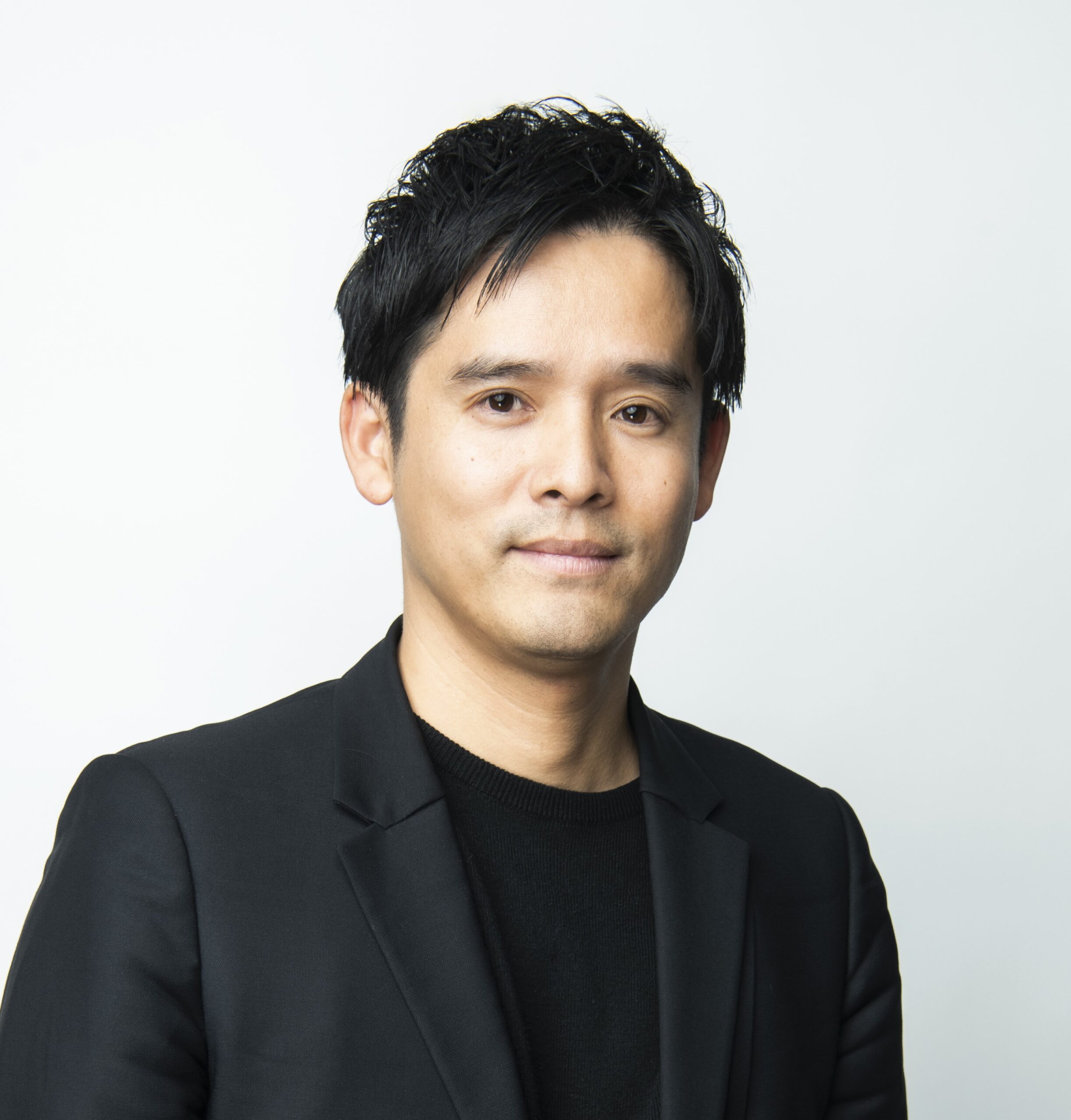
Tsuyoshi Ito:
CEO / Managing Partner, Beyond Next Ventures Inc.
In August 2014, he founded BNV with the vision of realizing a society where financial returns from commercialized academic research circulate back into academia. Since its inception, not only has he provided initial funding, but he has also been committed to building an ecosystem that supports growth.
Prior to founding BNV, he joined JAFCO in April 2003 and led numerous investments and BizDev support deep-tech startups from academia.
He serves as an external board member for several investee companies, and holds concurrent positions as Guest Associate Professor at Nagoya University and Guest Professor at Hiroshima University. He has also served as a committee member and judge for startup-related initiatives of the Cabinet Office and various ministries.
Completed his graduate studies in Chemical Engineering , Tokyo Institute of Technology.
Used In Thousands of Medical Institutions for Smoking Cessation & Hypertension Treatment
Ito: The term “therapeutic app” refers to a software that’s prescribed by doctors and used in many medical institutions, but it probably is not a familiar term to the general public. Could you explain what kind of societal issue it solves?
Satake: Therapeutic app is software designed to encourage behavioral change in patients. It is already being used in medical settings as a method of treatment prescribed by doctors. While it is not a drug, it is a new kind of treatment method that undergoes clinical trials and regulatory approval just like medications.
We currently offer therapeutic apps for smoking cessation and high blood pressure, and are developing apps for seven diseases.
3 Key Differences Between Therapeutic Apps & General Health Apps
Ito: How do therapeutic apps differ from general healthcare apps, and how do they work? Could you explain that in more detail?
Satake: There are three main differences:
-
Evidence-Based Design: Every message the app delivers for treatment, and each algorithm used to diagnose conditions is developed and implemented based on medical evidence.
In clinical settings like hospitals, registered dietitians and specialists regularly provide lifestyle guidance and encouragement to patients to help them change their behavior. Our therapeutic apps are distinctive in that they convert such expert knowledge into software. Moreover, the data collected through usage can enhance the efficiency of medical consultations over time.
- Clinical Validation: As mentioned earlier, therapeutic apps’ effectiveness is proved in the same way as traditional drugs. This means the medical community recognizes them as scientifically validated treatments.
- Collaborative Care Tool: These apps are designed to be used in close partnership with a patient’s primary care physician, enabling a cooperative approach to improve the patient’s lifestyle habits. The guidance is personalized—optimized by content, location, and timing—to address long gaps between doctor visits and fill the “treatment void,” significantly by increasing the frequency of effective medical intervention.
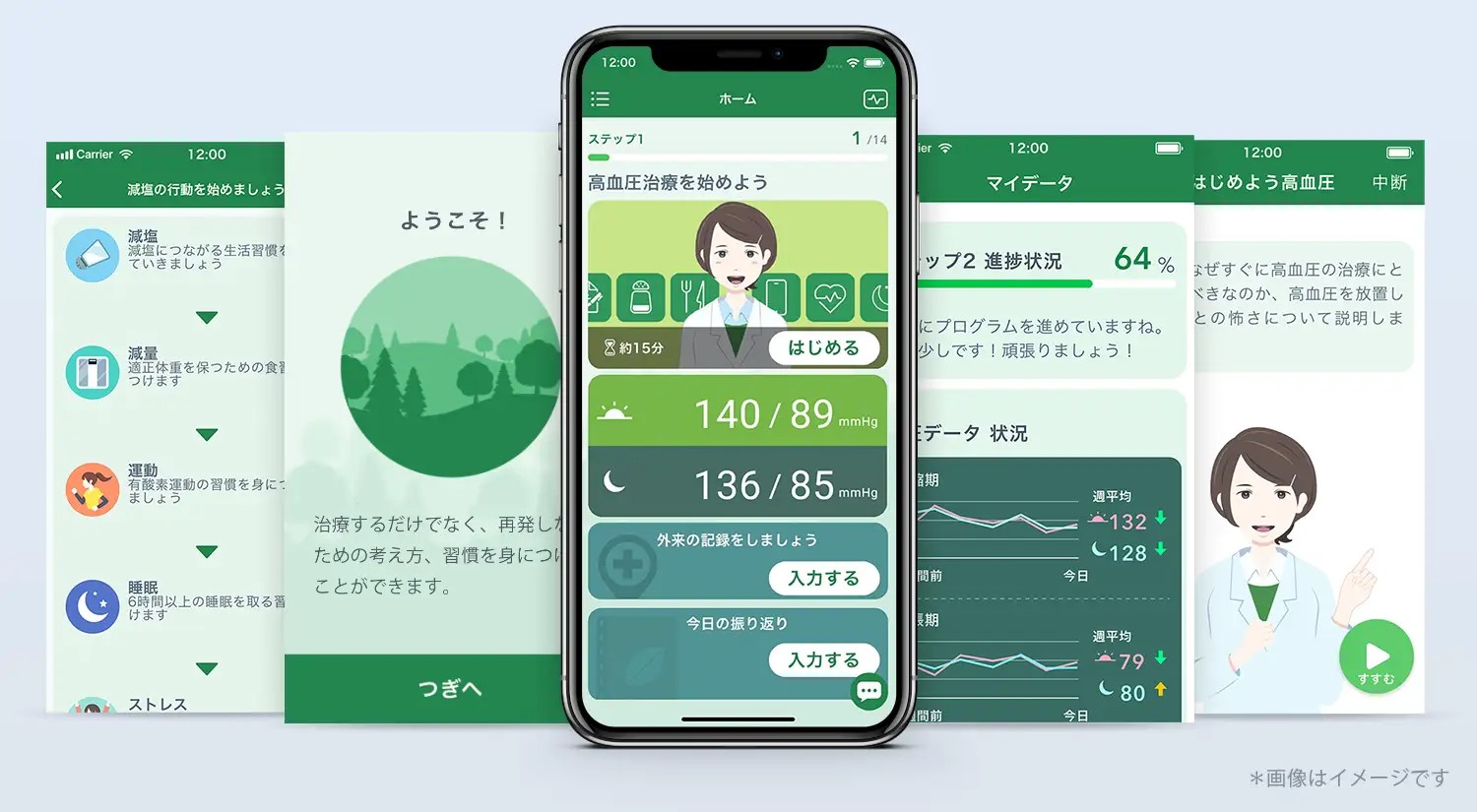
Ito: So therapeutic features backed by scientific evidence are being implemented in an app that doctors can actually prescribe. This is truly an innovative approach to solving social issues and a groundbreaking proposition for the future of medicine.
No One Was Doing It in Japan Yet — A Research Paper That Changed Everything
Ito: I first met you 10 years ago in 2014, shortly after you became independent, at a café near Shinagawa Station. I remember being impressed not just by your vision for the therapeutic app business, but also by your personality—I felt strongly that I wanted to invest.
I had already been investing in medical devices during my previous job at JAFCO, so I was aware of the Japanese government’s growing push to promote software-based medical devices and the efforts to establish regulatory frameworks.
Nowadays, therapeutic apps are gaining attention under the term DTx (Digital Therapeutics), but back then, barely anyone knew what they were. It was also extremely rare for physicians to start businesses. What inspired you to found a startup in such an environment?
Satake: It all started with a research paper. At the time, I was studying abroad at Johns Hopkins University in Maryland, USA. Starting a business hadn’t even crossed my mind then. But one day, my professor in a medical informatics class introduced me to a paper on therapeutic apps. It stated that “an app could achieve the same level of effectiveness as a drug.” The logic was solid and the treatment method didn’t have side effects—it was truly revolutionary. I was incredibly excited.
I believe I was the only one in Japan who realized the potential of therapeutic apps at that time. Even in the U.S., which was leading in this area, only a few researchers were aware of it.
As a physician, I felt a deep sense of mission. “I wanted to bring this amazing treatment method to Japan and expand it globally from there.” I consider myself very lucky to have encountered something I felt so passionate about, and that sense of mission is what gave me the conviction to start a business.
Ito: At that point, was your desire to bring a new product into the world as an entrepreneur stronger than your desire to help patients directly as a doctor?
Satake: For five years, I worked as a clinical physician and found it meaningful and fulfilling. At the same time, I had a growing desire to contribute to society in a different way. That feeling led me to study abroad, and my encounter with therapeutic apps—a solution I truly believed could address social issues— is what led me to start the company. Even today, I still work as a doctor once a week.
Why CureApp Started with Smoking Cessation?
Ito: After founding CureApp, your first challenge was developing a smoking cessation app. I remember that at that time I was considering a follow-on investment, and I deliberately resumed smoking for a month so I could properly test your app on myself. I genuinely experienced its effectiveness, and that’s what convinced me to invest further. But why did you choose to focus on smoking cessation initially?
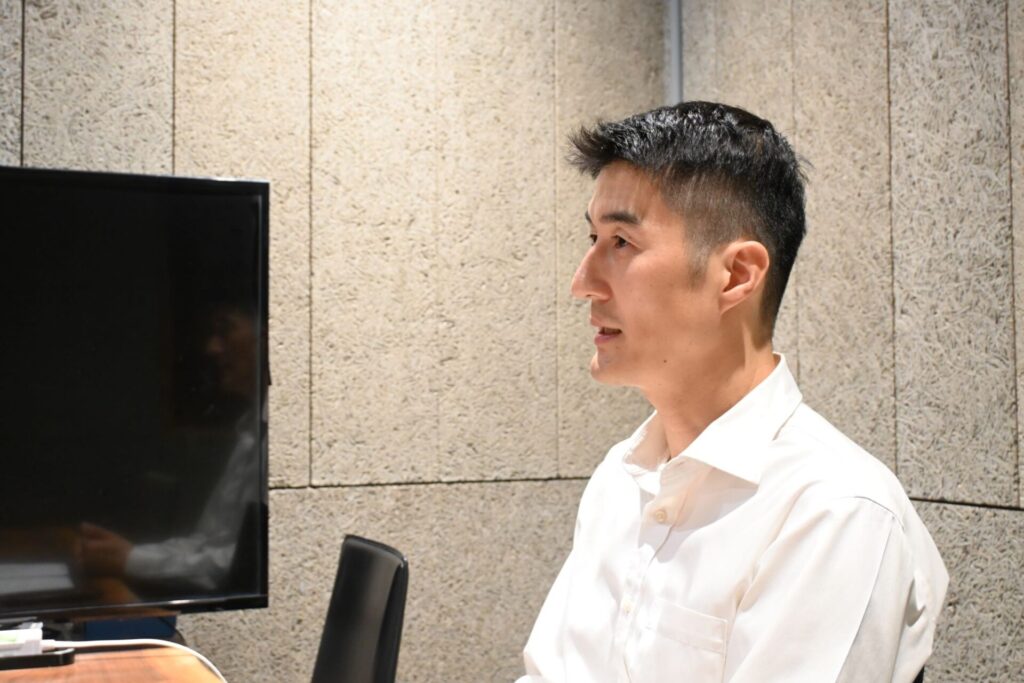
Satake: One reason is that I specialized in respiratory medicine, so it was a natural fit for my area of expertise. We did consider developing therapeutic apps for diseases with larger market sizes, but I had no intention of stopping at developing an app just for one disease.
Since no one in Japan had ever developed a therapeutic app before, we needed to pave the way for regulatory approval and insurance coverage. I felt that using my area of specialty for this pioneering effort made the most sense.
Additionally, smoking cessation is an issue that all stakeholders want to solve, so that shared goal made it an ideal starting point.
How a Doctor with No Business Experience Developed Japan’s First Therapeutic App
Ito: That said, Satake-san, you weren’t a technologist and had no prior business experience when you launched your startup. How did you manage to make it all happen?
Satake: I initially founded the company alone, but soon after I reached out to my junior Shin Suzuki from my alma mater; who was both a doctor and a programmer. He is now our Executive Director of Development.
Looking back, there was still a significant gap to bridge before we could develop an evidence-based product while maintaining the quality required of a medical device.
Ito: At that point, you were not able to visualize how the app could be completed. How did you overcome that challenge?
Satake: It was a big deal when Suzuki decided to fully commit to CureApp. As I continued to share my vision for developing therapeutic apps, more people came onboard—I met you and received information about grants, and gained support from people in academia. The team began to form around the idea and that was a big turning point.
I hadn’t imagined I would attract so many collaborators, but the growing momentum behind “digitization of healthcare” helped drive our efforts forward.
Ito: Your passion must have been the driving force that brought all those people together.
Regulatory Review in Crisis as Experts Resigned in Succession
Ito: Over the past 10 years, I’m sure the journey has had its ups and downs. What would you say was the most difficult experience for you?
Satake: Every startup founder probably faces highs and lows on a monthly basis, and I’ve certainly had my share. But the most difficult—and memorable—moment was when all of our regulatory experts left the company.
We had successfully developed the smoking cessation app and completed the clinical trials, but we stumbled during the regulatory approval process. We needed regulatory experts to handle the paperwork and communications with the health ministry, but all of them quit.
Although the application had been submitted, deadlines were approaching and we had no experts left in the company. Meanwhile, the product still needed refinement, and some team members were taking time off. As a leader, I certainly have points to reflect on, but at the time I was doing everything I could to get through immediate tasks.
Ito: How did you manage to survive that? What did you do?
Satake: We absolutely had to get approval for the smoking cessation app. I read every single government notice related to “program medical devices” and pharmaceutical affairs, going back several years. I rewrote everything from scratch and submitted it to the authorities. That’s how we overcame that crisis.
Ito: And thanks to those efforts, Japan saw the launch of its first therapeutic app that received regulatory approval as a program medical device, and was even covered by insurance.
Building a Successful Team as a Physician-Turned-Founder
Prioritizing Shared Values and Mindset
Ito: CureApp’s team has grown steadily over the years. What principles have guided your team-building process?
Satake: Before we talk about tactics, our core value is: “Walk the right path with the right heart.” To realize our mission of Reinventing ‘treatment’ through software, we need people who genuinely empathize with that mindset.
Once that foundation is set, tactical knowledge and hiring methods become crucial. It’s important to bring in members who excel at recruiting, and for me to be personally involved in hiring to be able to meet each candidate and convince them one by one.
Ito: I recall one of your executives saying, “We are a medical company, so we’re not just doing this for revenue or growth.” That makes sense. The significance of existence and core mission of any healthcare company is to “help patients,” and instilling that mindset throughout the organization is essential.
Business-Savvy Members Marked a Turning Point
Ito: What kind of team-building approach did you take in the early startup phase?
Satake: It was essential to bring in people with expertise in launching new businesses. When it was just Suzuki and me—two doctors—trying to push things forward, the first major breakthrough came when someone from the business side joined us.
Although I had attended business school, it was just that—a school. I realize now that I didn’t yet possess the knowledge, mindset, or behavior needed to commercialize a business. But once we brought in business professionals, I humbly learned from their actions. They were technically my subordinates, but I learned so much from how they spoke, thought, and operated. I believe I’ve grown little by little thanks to their influence.
Ito: So, in the early stage you specifically brought in the business talent that you initially lacked.
This has been a truly valuable discussion for doctors considering entrepreneurship and anyone involved in leading a medical startup. Thank you very much for your time today.
Note: This article is based on a Japanese article published on Oct. 7, 2024

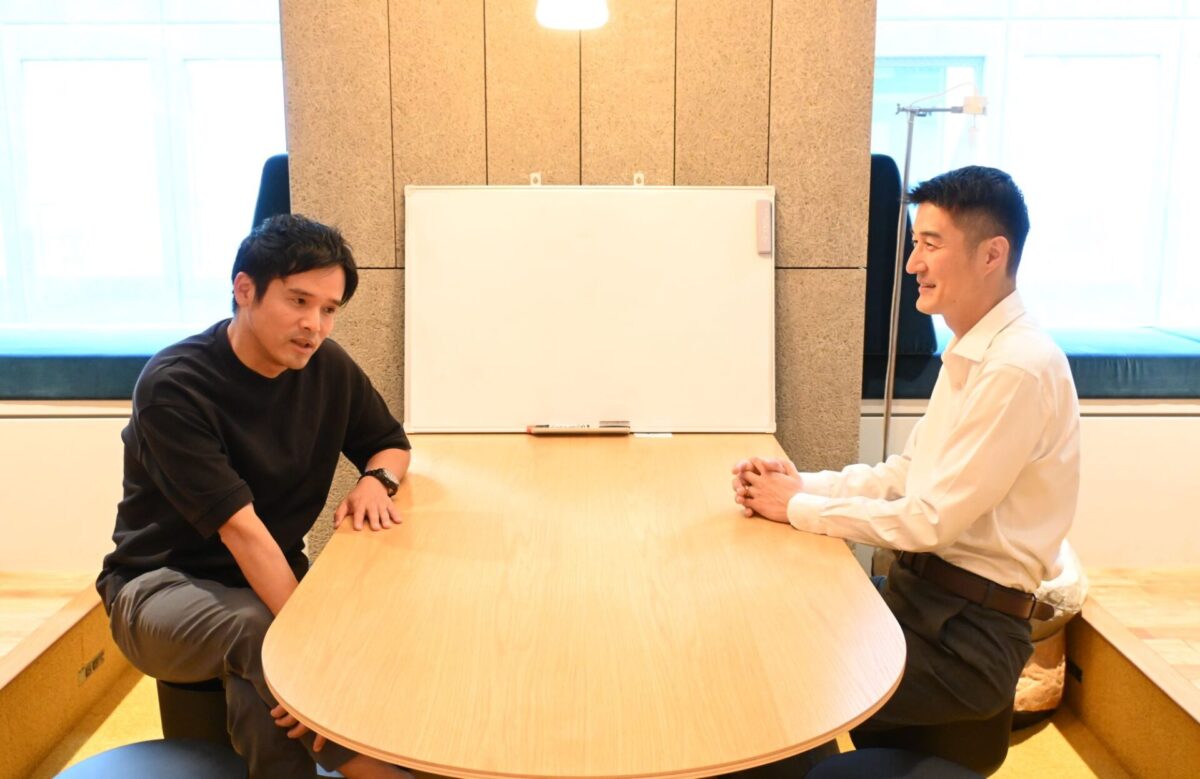
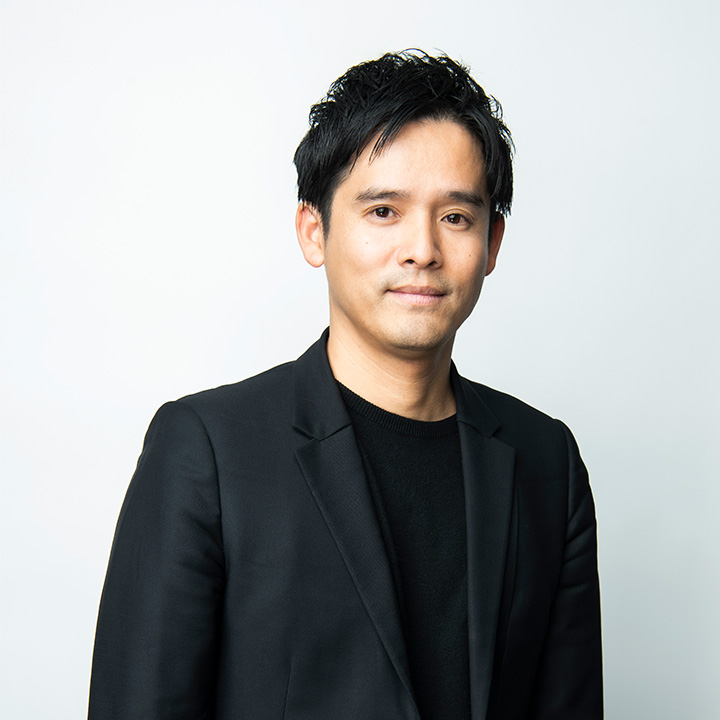





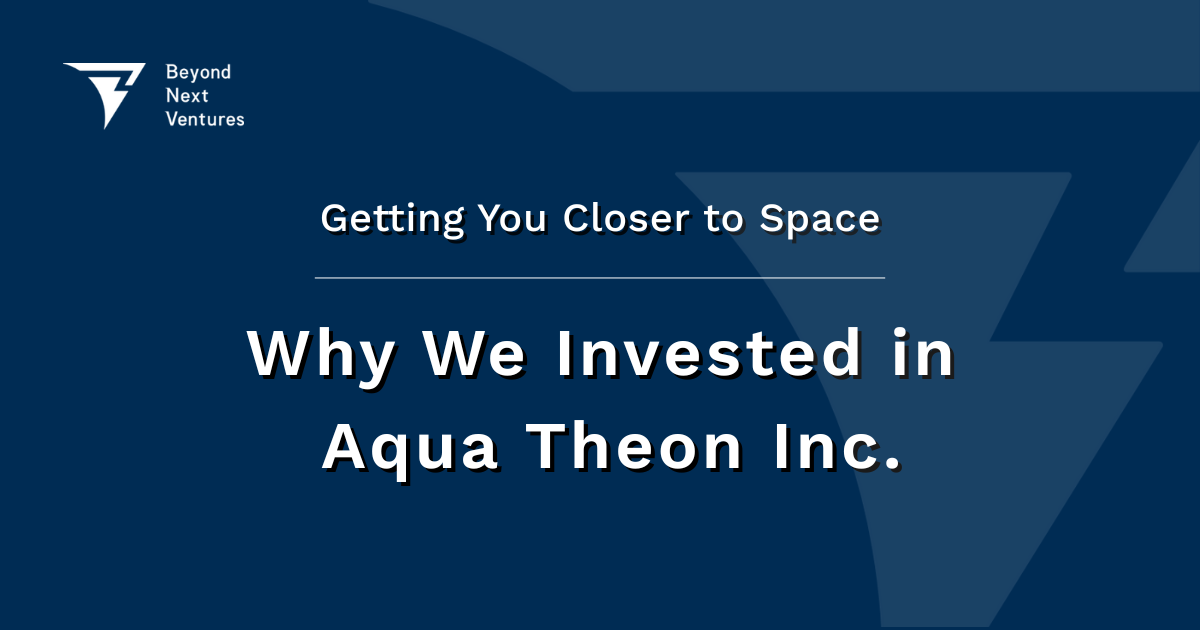
.jpg)
